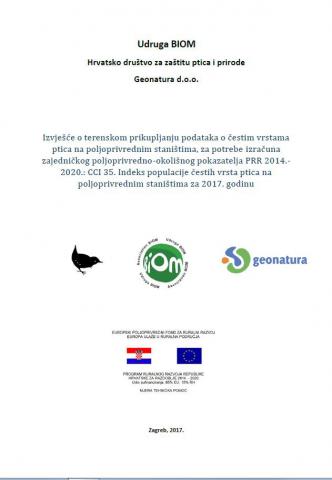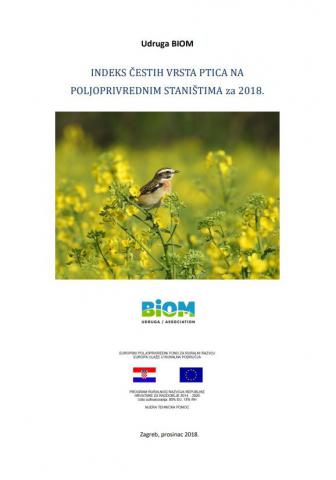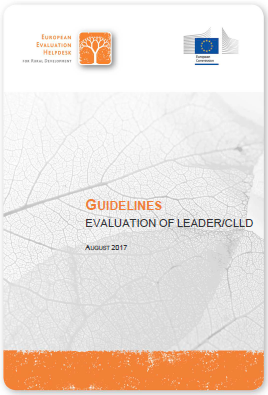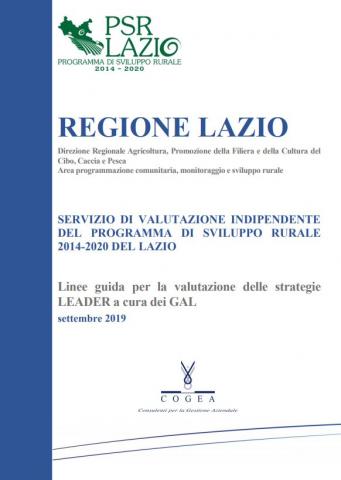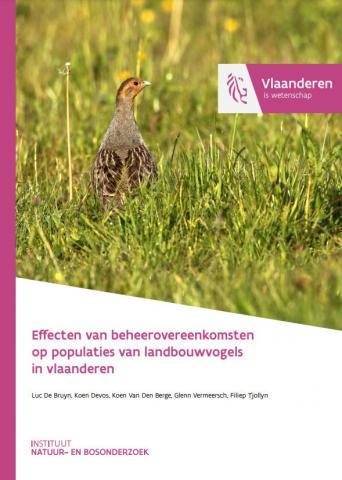
To estimate the effectiveness of management agreements on breeding bird populations in the agricultural area, the Flemish Research Institute of Nature and Forest designed in 2010 a monitoring network of 14 areas spread across Flanders. Territorial mapping is used to determine whether the population trend of field birds is more positive in areas without management measures. It was examined whether the trends obtained can be explained by the surface area of management agreements.





